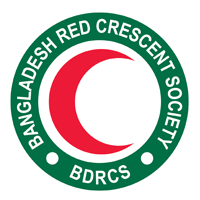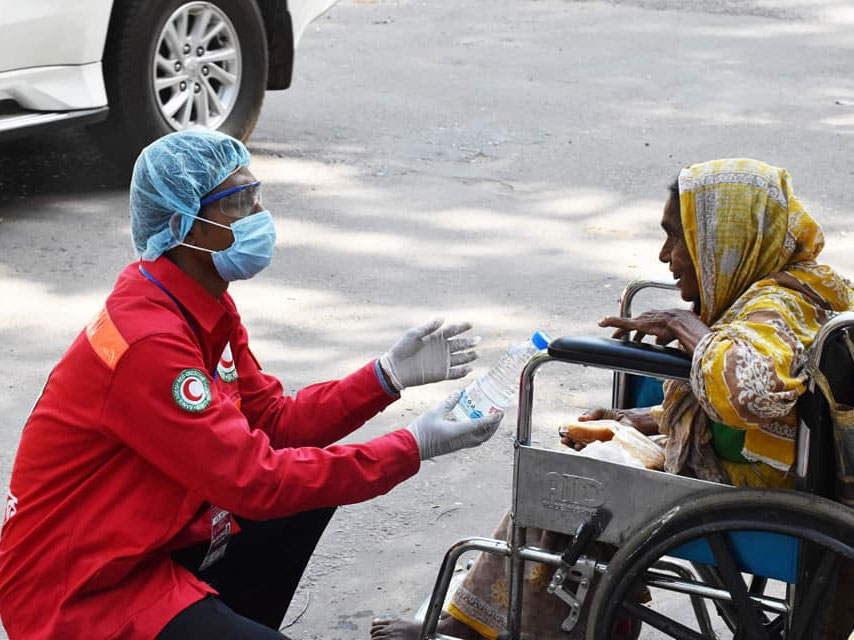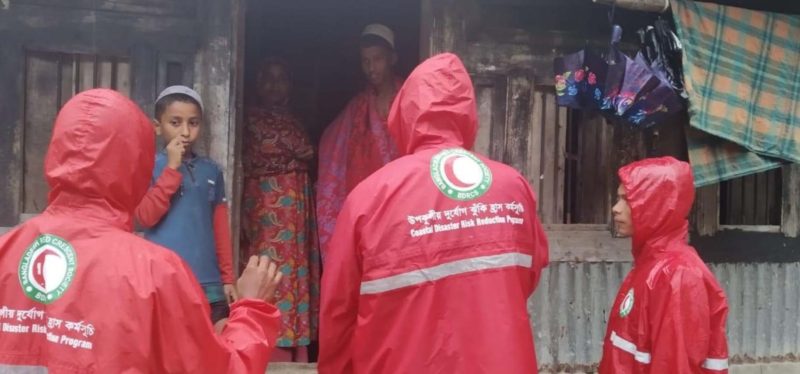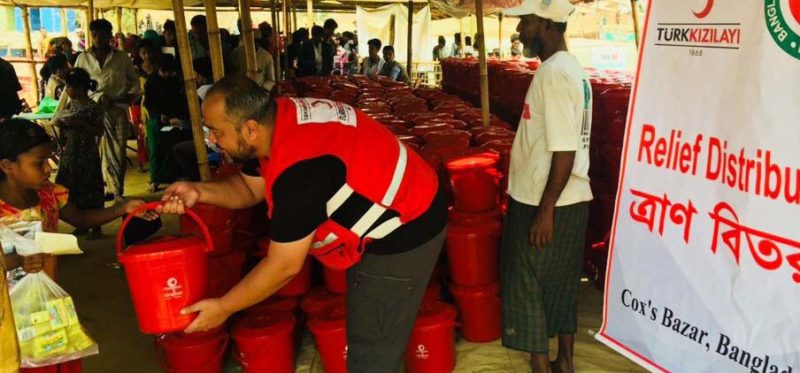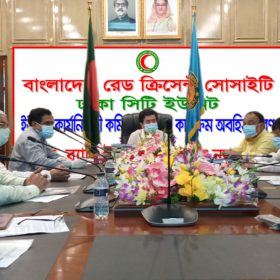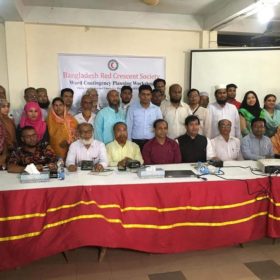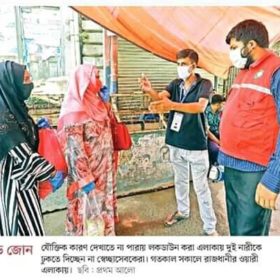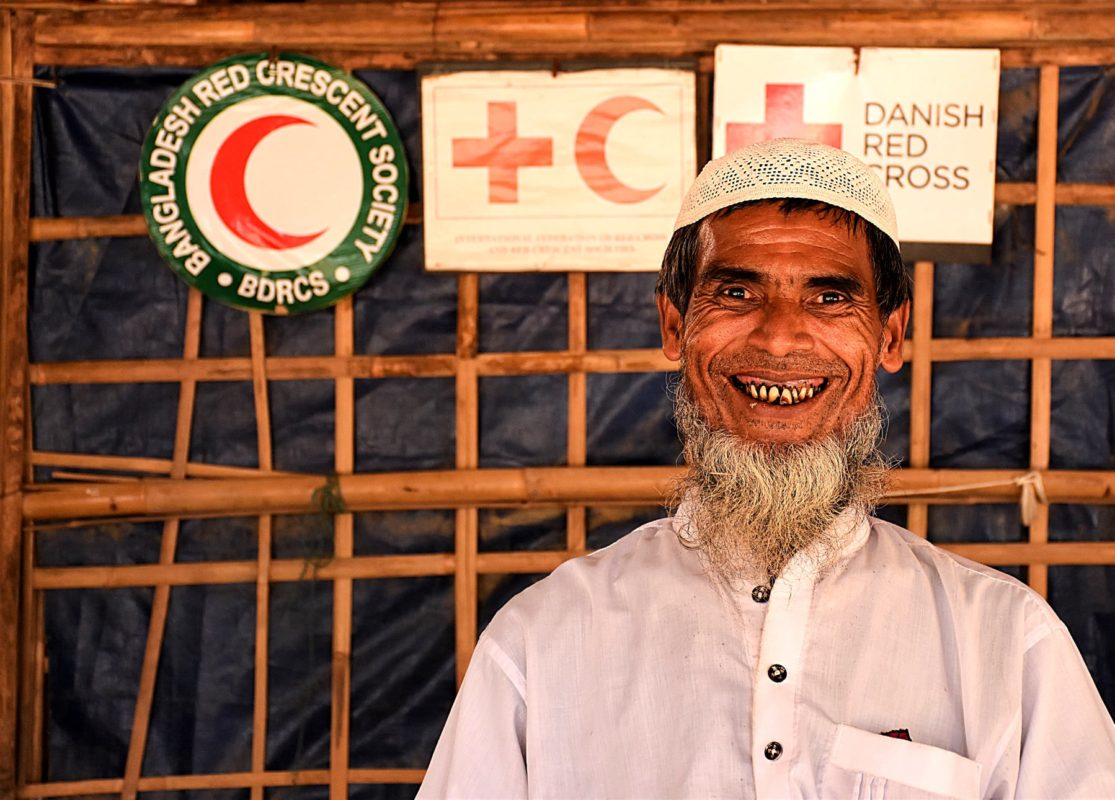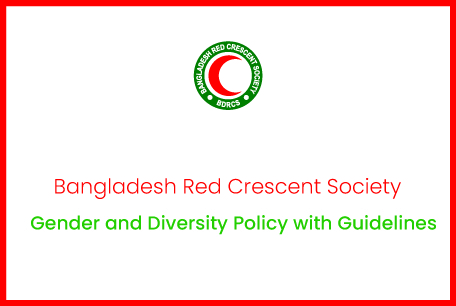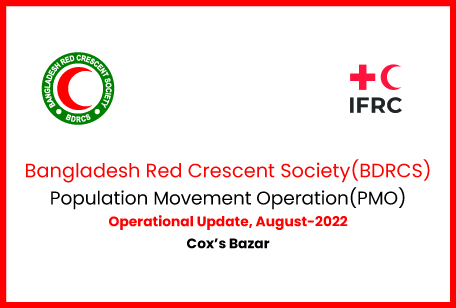Safer Access (SA)
Safer Access Concept
The Safer Access concept is a set of actions and measures that can be taken by a National Society(NS) to prepare for and respond to context – specific challenges, to reduce and mitigate the risks that it may face in sensitive and insecure contexts, and to help it earn the trust and acceptance of people and communities with humanitarian needs, as well as of those who control or influence access to them.
Objective of Safer Access
The objective of the Safer Access concept is to understand operational risks during intervention in conflict and / or other situations of violence(OSV) in order to be ready to respond effectively and efficiently.It helps to know the gaps, barriers, risks and challenges affecting NS’ s acceptance, security and access to people / communities in need and to overcome those.
Where to Apply ?
Safer Access concept applies in all situations, but particularly in sensitive and insecure contexts, including armed conflict and internal disturbances and tensions.It applies primarily in situations involving violence or the risk of violence, which may impede a NS’ s safe delivery of humanitarian assistance.It has also proved useful when applied in peacetime as part of a NS’ s day-to-day activities.
Safer Access Framework(SAF)
The Safer Access Framework(SAF) was introduced in 2002 – 2003 by the ICRC through consultation with IFRC and National Societies around the world.Its aim is to help National Societies to increase their capacities and preparedness to respond safely and effectively to humanitarian needs in sensitive, insecure and violence context.
Elements of SAF
There are eight elements under Safer Access Framework (SAF). Those are as follows-
- Context and Risk Assessment: NSs have a clear understanding of the interlinked political, social, cultural and economic aspects of the evolving operational environment and the inherent risks, which forms the basis for preventing and managing those risks.
- Legal and Policy Base: NSs have sound legal and statutory instruments and develop policies that provide a basis from which to carry out their humanitarian mandate and roles in conformity with Movement policies, international humanitarian law and domestic legislation.
- Acceptance of the Organization: NS have attained a high degree of acceptance among key stakeholders by providing relevant, context-sensitive humanitarian assistance and protection for people and communities in a manner consistent with the Fundamental Principles and other Movement policies.
- Acceptance of the Individual: Staff and volunteers have attained a high degree of acceptance among key stakeholders by working in a manner consistent with the Fundamental Principles and other Movement policies.
- Identification: NS take all necessary steps to protect and promote the organization’s visual identity and that of its staff and volunteers.
- Internal Communication and Coordination: NS implement well-developed internal communication and coordination strategies and mechanisms, which enhance coordination with other Movement components.
- External Communication and Coordination: NS implement well-developed external communication and coordination strategies and mechanisms, which enhance coordination with external actors.
- Operational Security Risk Management: NSs assume responsibility and accountability for the safety and security of staff and volunteers by developing and implementing an operational security risk management system and structure.
Benefits of Safer Access
- Increase awareness on NS’s Mandates and Roles.
- Increase access and acceptance of staff and volunteers in sensitive, disaster and emergency situations.
- Reduce or stop misuse of RCRC Emblem and NS’s Logo.
- Strengthen coordination with partners and stakeholders.
- Increase capacity to address humanitarian needs of more people.
- Prevent, reduce and avoid security incidents which cause harm to staff & volunteers.
- Adopt a more structured approach to increase security and access.
BDRCS’s Initiatives on Safer Access
-
- Raise awareness for staff and volunteers on understanding of Safer Access Framework.
- Organize Roundtable Dialogues for Stakeholders at national and local (divisional/district) levels to disseminate BDRCS’s Mandate and Roles.
- Organize Sensitization Workshops for staff and volunteers.
- Development of Safety & Security Policy and Guideline for staff and volunteers.
- Dissemination of RCRC Emblem to stop or reduce misuse.
- First Aid training for external stakeholders, including Law Enforcement Agencies’ members, Student Leaders of Political parties etc.
Safer Access Team
| SL No | Designated Person | Designation |
| 1. | Md. Belal Hossain, Director, CD Department & Focal Person-SAF | Convener |
| 2. | Director, Unit Affairs Department | Member |
| 3. | Director, Health Department | Member |
| 4. | Director, Disaster Risk Management (DRM) Department | Member |
| 5. | Director, Youth & Volunteer Department | Member |
| 6. | Director, Disaster Response (DR) Department | Member |
| 7. | Director, Logistic Department | Member |
| 8. | Director, HR Department | Member |
| 9. | Kakoli Rani Das, Cooperation Programme Responsible-ICRC | Member |
| 10. | Arifur Rahman, Security Manager-IFRC | Member |
| 11. | Md. Kazi Rased Shimul, Coordinator, Safer Access | Member Secretary |
